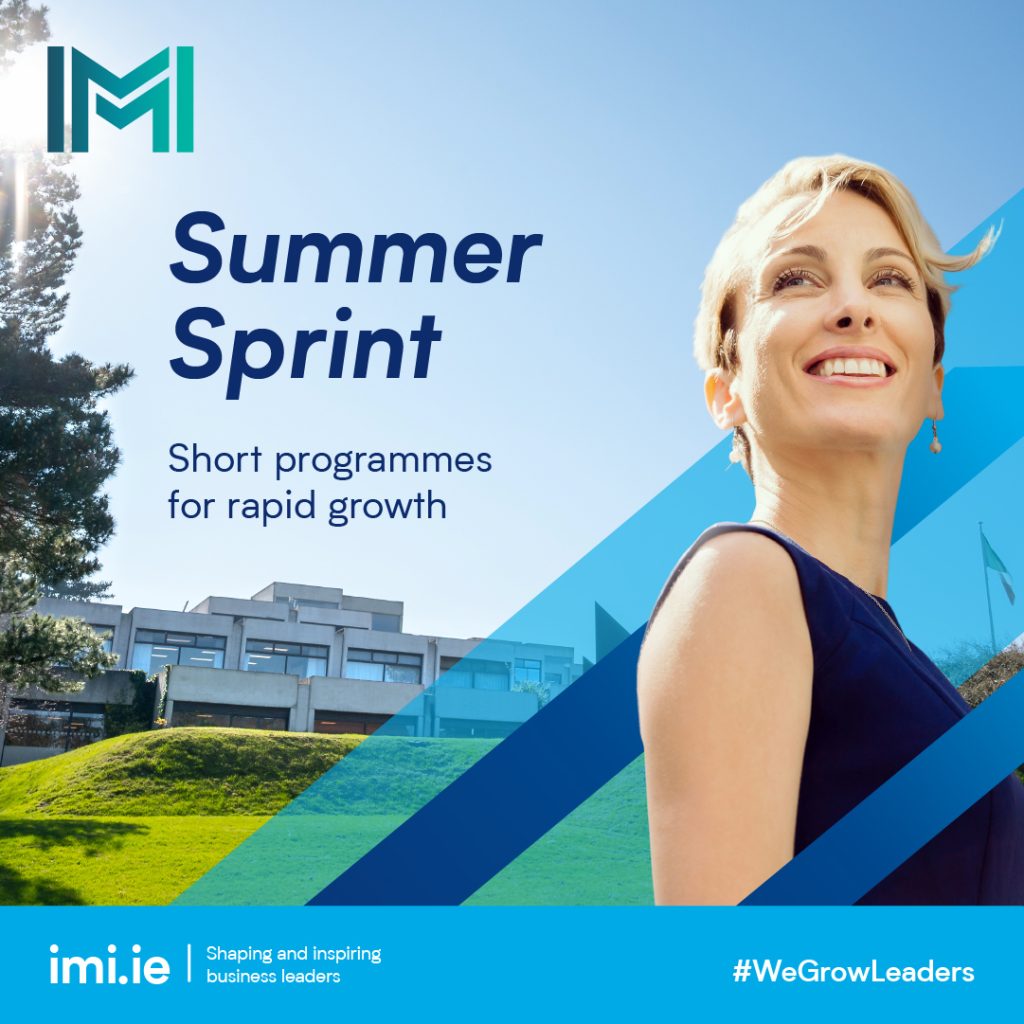What’s in a Gross Profit Margin?
By Caroline Kirrane | 4th September 2018
The gross profit margin of Tesco is about 6%, while at Burberry it is a whopping 70%
What distinguishes Burberry from Tesco? Many things, of course, but one thing is their differing gross profit margins. The gross profit margin of Tesco is about 6% which means that when you buy a product there, the vast majority of your spend covers just the grocery item you have bought – no shops, no staff, no overheads yet.
The gross profit margin of Burberry is a whopping 70%, which means that when you buy a product there less than a third of your spend goes towards making the actual product you bought. What you’re buying at Burberry is not the handbag; you’re really buying a piece of the lifestyle that goes with the handbag. When you’re in Tesco buying milk, you’re mostly just buying milk.

.What your gross profit margin says about you
Profit margins – dividing a measure of profitability by the sales needed to generate that profit – are a key set of ratios in financial analysis. Ratios have limitations as analytical tools but they have the benefit of being easy to understand. It’s clear that a profit margin of 10% is preferable to one of 1%. While net profit margin is the headliner of the profit margin line-up, the gross profit margin gives an interesting insight into businesses, particularly for consumers.
The gross profit margin is gross profit divided by sales, with gross profit being the amount left over after the raw cost of the goods has been covered. Before the company can make a final or net profit, it must cover operational expenses and overheads, interest and corporation tax out of this gross profit.
It is the gross profit margin, rather than any other profitability ratio, that can give us consumers a clue as to the nature of the goods we’re buying. We might intuitively guess that a grocery retailer like Tesco is likely to have narrower gross profit margins than a luxury goods firm like Burberry. But the magnitude of the difference can be surprising.
.
An Insight into the Competition
One of the insights provided by the gross profit margin is the level of competition faced by a business. Low gross profit margins tend to indicate “commodity goods”, those with little differentiation and thus greater competition.
Low gross profit margins can also be suffered by products that are differentiated but with high competition, which pushes prices down and squeezes margins. On the contrary, high gross profit margins are often an indicator of a particular competitive advantage or product differentiation. One classic method of differentiating products is building a strong brand.
A brand bestows pricing power on a business and thus higher gross profit margins follow. If you’re a gin and tonic drinker, you might not be surprised to learn that the gross profit margin of Fever Tree, the premium tonic maker, is close to 55%. This might seem impressive (or excessive) until you consider that one of the strongest consumer brands in the world, Coca-Cola is able to extract over 60% gross profit margin for its beverages.
.
Knowledge as Profit
High gross profit margins can also indicate the presence of intellectual property. When you buy medication, a vanishingly small amount is likely to be covering the cost of the physical medication you ingest. Most of the cost comes not from manufacturing the pill, but from the intellectual property in the form of the years of research and development that was needed to find, develop and test the drug.
In the case of blockbuster new drugs, gross profit margins often exceed 90%. The five largest pharmaceutical companies in Europe have gross profit margins ranging from 50% to 70%, though some of these firms operate across multiple industries, muddying the waters somewhat when it comes to interpreting their gross profit margins.
Gross profit margins are interesting for consumers because they give an indication as to whether the value of what you’re buying is the tangible product or an intangible like prestige, brand or intellectual property.
Sometimes, you’re buying all three, as in the case of the recently crowned “first trillion-dollar company”, Apple.
With prestige, proprietary technology and one of the strongest consumer brands in the world, Apple’s pricing power has enabled it to charge a premium to consumers across the globe and build an empire. Its shareholders haven’t done too badly with a return of roughly seven times their original investment over the last 10 years.
Perhaps the lesson is; where gross profit margins are high, it’s better to buy the stock of the company than the product it’s selling.
Caroline Kirrane is an IMI associate on the IMI Diploma in Management. With a decade of experience working in financial markets including working as an economist with the Central Bank of Ireland, Caroline teaches the financial module on the programme.
This article originally featured in the Sunday Business Post.





